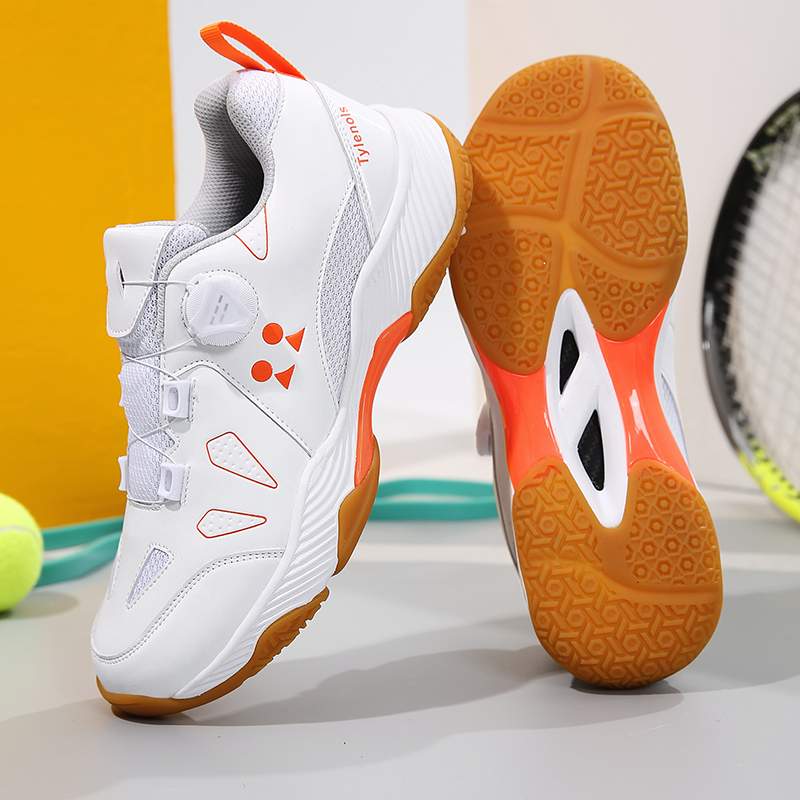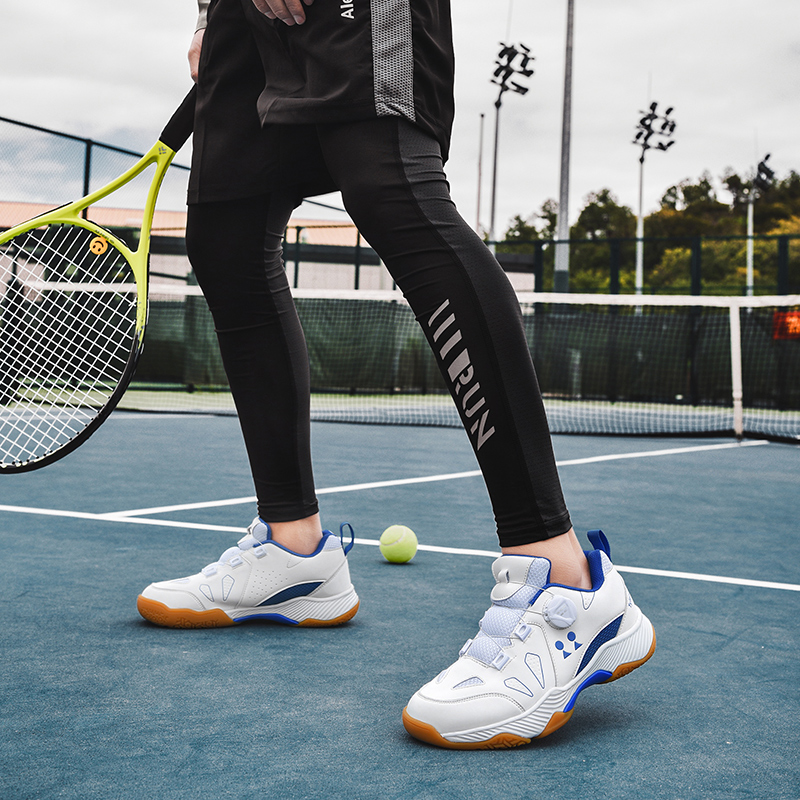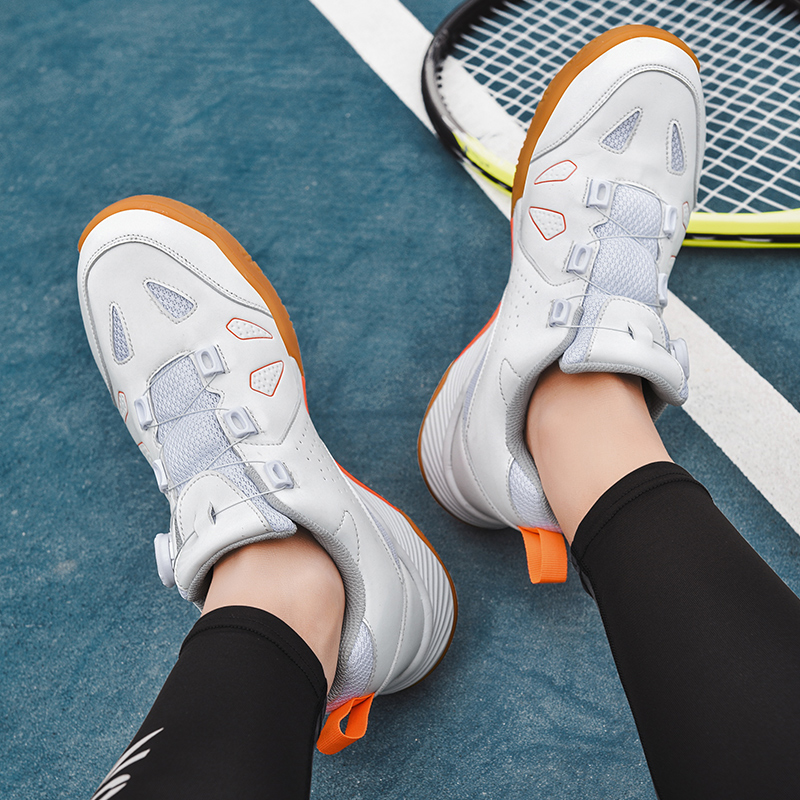
Pickleball shoes are essential for a comfortable and safe playing experience, but equally important are the socks worn with them. Wearing the right pickleball socks can provide additional cushioning, support, and moisture management, preventing blisters and foot fatigue. This essay explores the factors to consider when choosing the right sock for your pickleball shoes, highlighting the importance of finding the right fit, material, cushioning, and support.
- Finding the Right Fit: The right fit is crucial when choosing pickleball socks. Socks that are too loose can bunch up and create friction, leading to blisters and discomfort. Socks that are too tight can restrict circulation and cause discomfort or pain. When selecting socks, it is essential to consider the sizing and ensure that they fit snugly but comfortably on the feet. This ensures that the socks stay in place during gameplay, reducing the risk of friction and discomfort.
- Material: The material of the socks is equally important when choosing the right sock for your pickleball shoes. Breathable materials such as cotton, bamboo, or synthetic blends are ideal for pickleball socks. These materials allow moisture to wick away from the feet, keeping the feet dry and comfortable during gameplay. Cotton and bamboo are natural fibers that are soft and comfortable, while synthetic blends often incorporate moisture-wicking properties, providing additional benefits for active players.
- Cushioning: Cushioning is crucial when choosing the right sock for pickleball shoes. Socks with adequate cushioning provide additional support and comfort to the feet, reducing the risk of foot fatigue and blisters. Thick, cushioned socks are ideal for players who require additional support or have sensitive feet. Thin, lightweight socks are suitable for players who prefer a minimalistic feel or need added space inside their shoes. When selecting socks, consider the thickness and cushioning level to ensure optimal support and comfort.
- Support: Socks that provide support are beneficial for players who require additional stability and balance during gameplay. Compression socks are an excellent option for players who need additional support, as they promote blood circulation and reduce muscle fatigue. Arch support socks are also useful for players who require additional support around the arch of the foot. When selecting socks, consider the level of support required, ensuring that the socks provide adequate support for the feet during gameplay.
- Height: Socks come in various lengths, from ankle socks to knee-high socks. The height of the sock can impact comfort and support during gameplay. Ankle socks are ideal for players who prefer a minimalistic feel and do not require additional support. Crew socks are suitable for players who require additional cushioning and support around the ankles. Knee-high socks are ideal for players who require additional support and compression throughout the entire lower leg. When selecting socks, consider the height required for optimal support and comfort during gameplay.
- Design: Socks come in various designs and patterns, and while this may seem like a minor consideration, it can impact comfort and confidence during gameplay. Bright, bold designs may add a fun and personalized touch to the player’s outfit, while simple designs may provide a classic and minimalistic feel. When selecting socks, consider the design and pattern that best suits the player’s style and preference, ensuring that the socks add to the overall playing experience positively.
Conclusion: Choosing the right sock for pickleball shoes is crucial for a comfortable and safe playing experience. When selecting socks, consider the fit, material, cushioning, support, height, and design required for optimal support and comfort during gameplay. The right pickleball socks can provide additional cushioning, support, and moisture management, reducing the risk of blisters and foot fatigue. With the right socks in hand, players can focus on their gameplay without worrying about their feet, providing a more enjoyable and successful pickleball experience.








